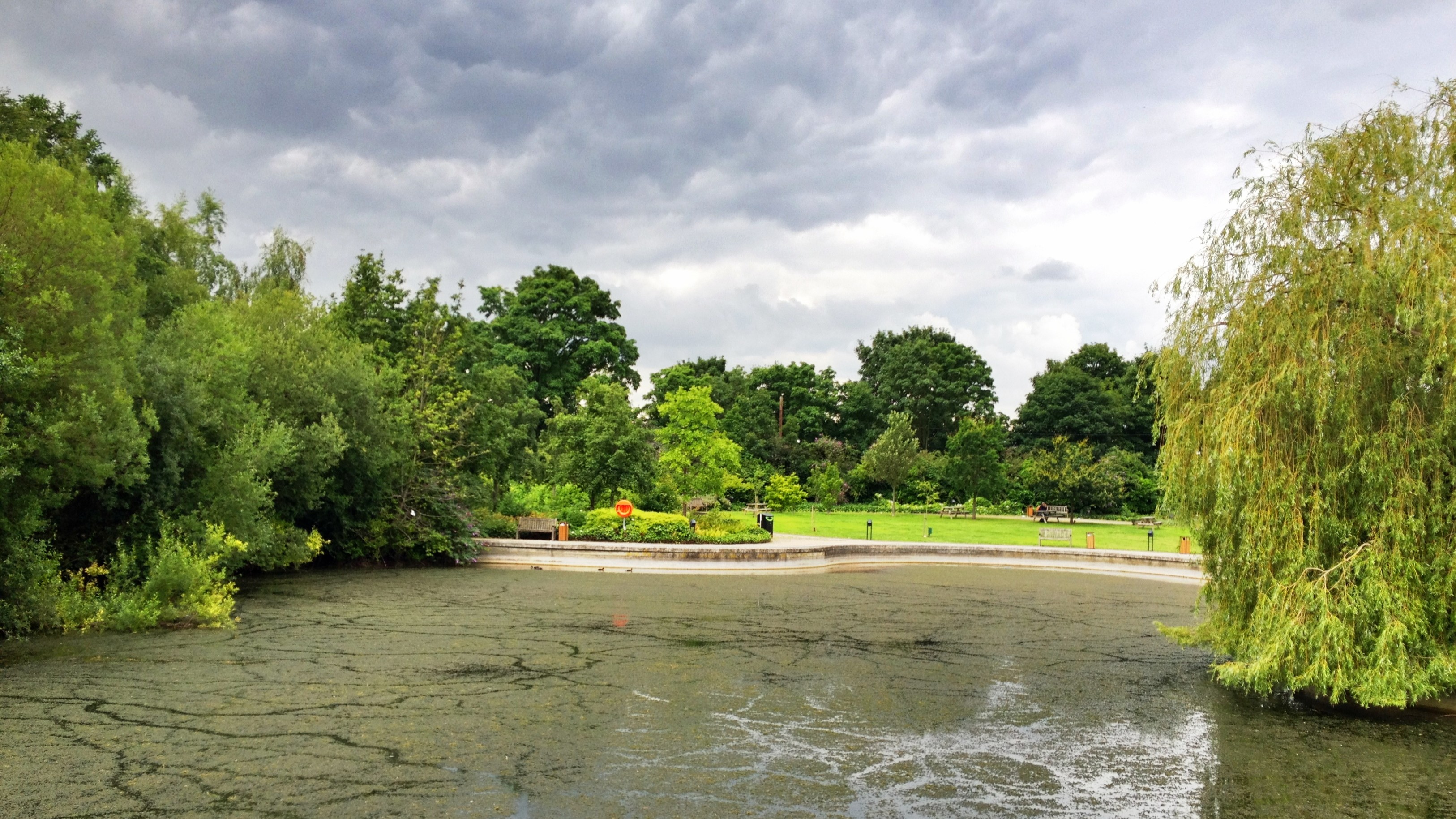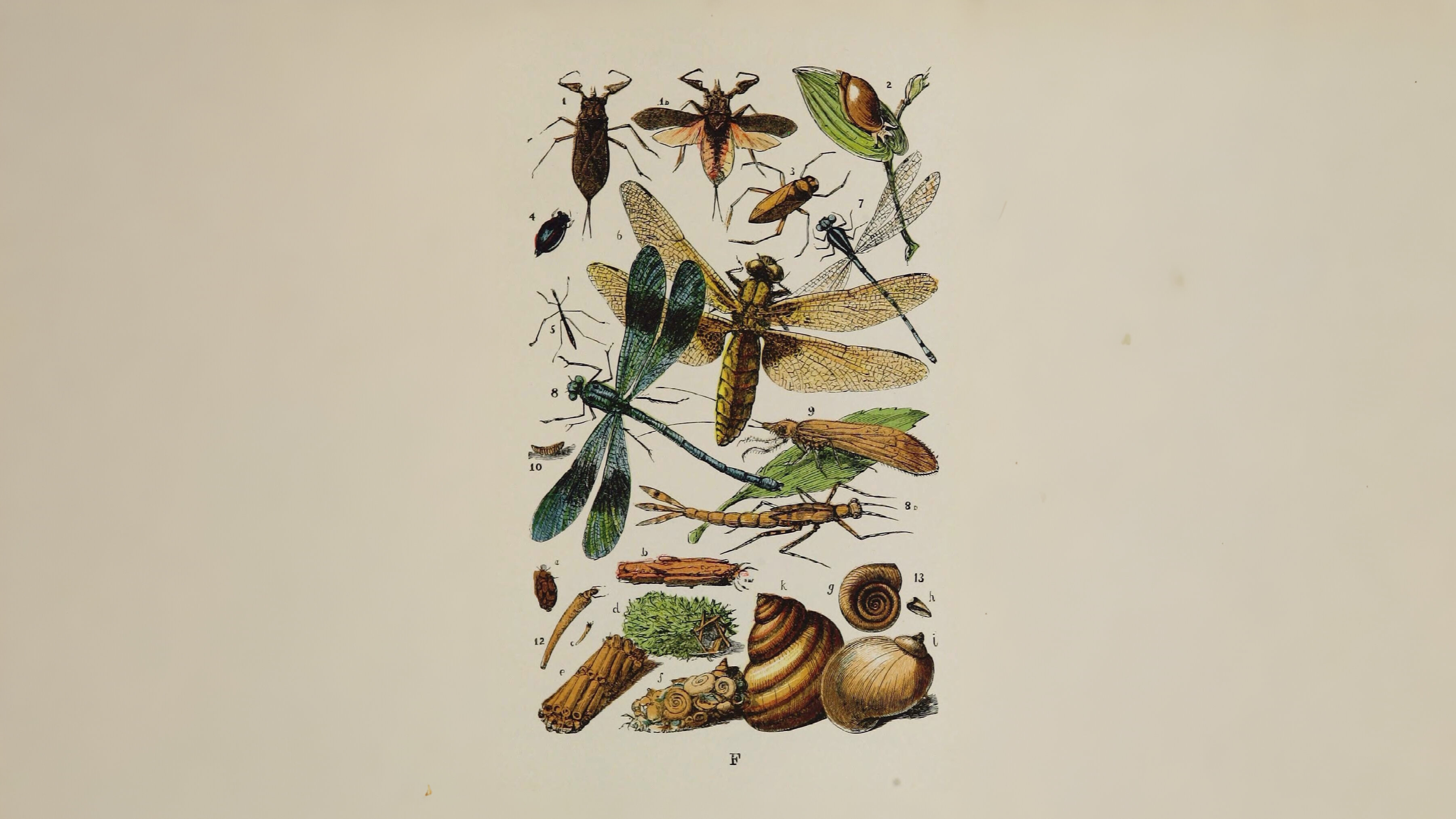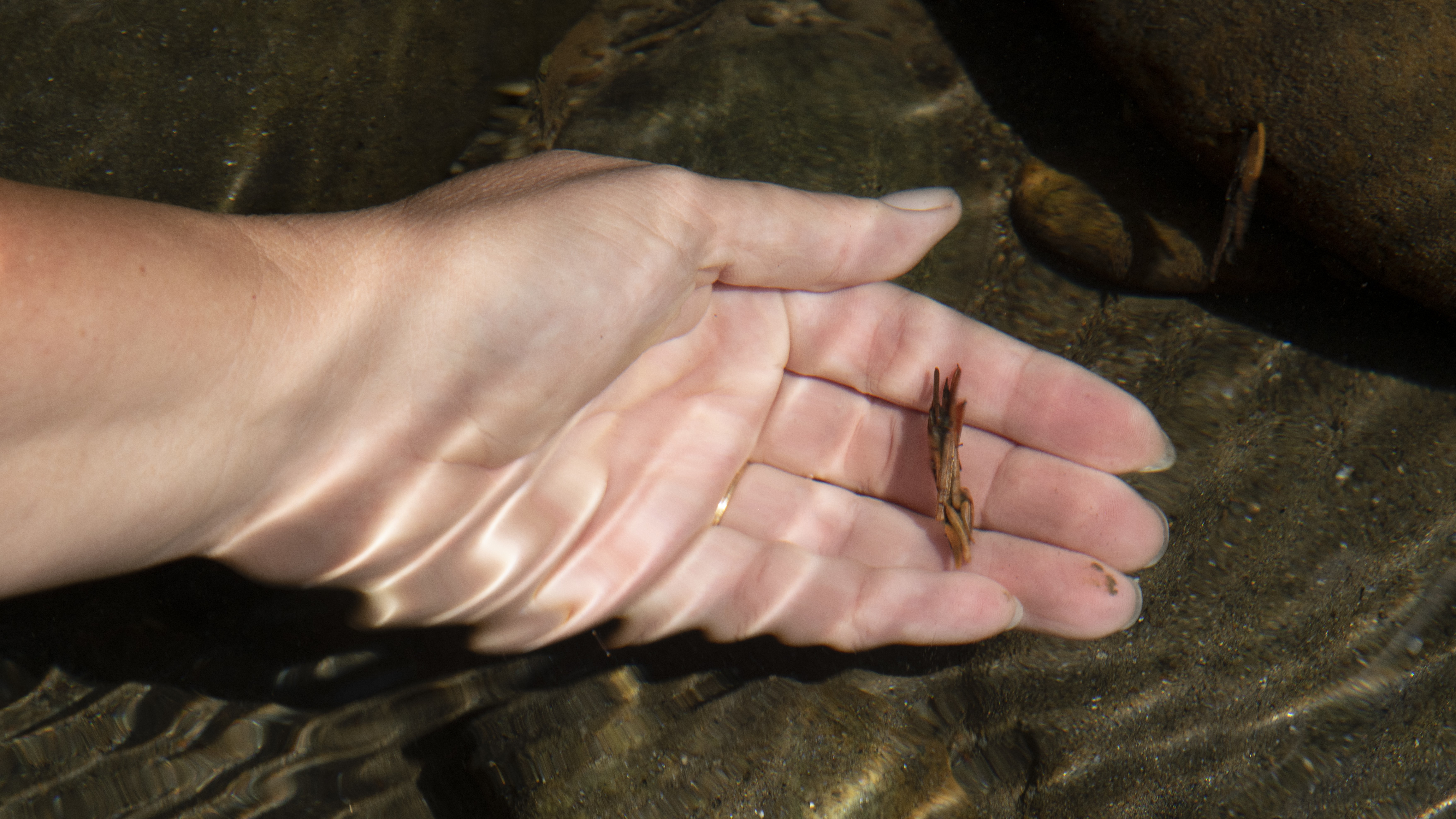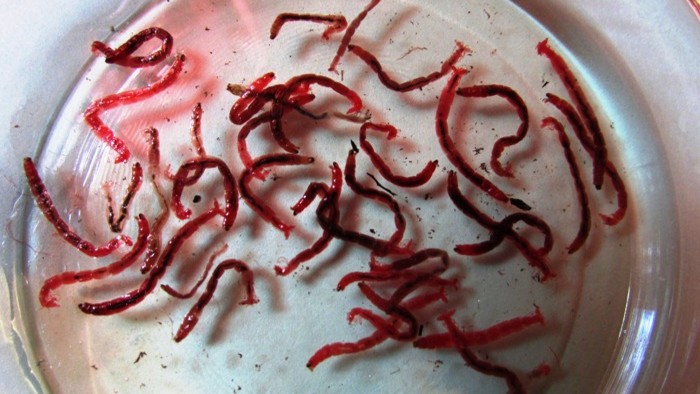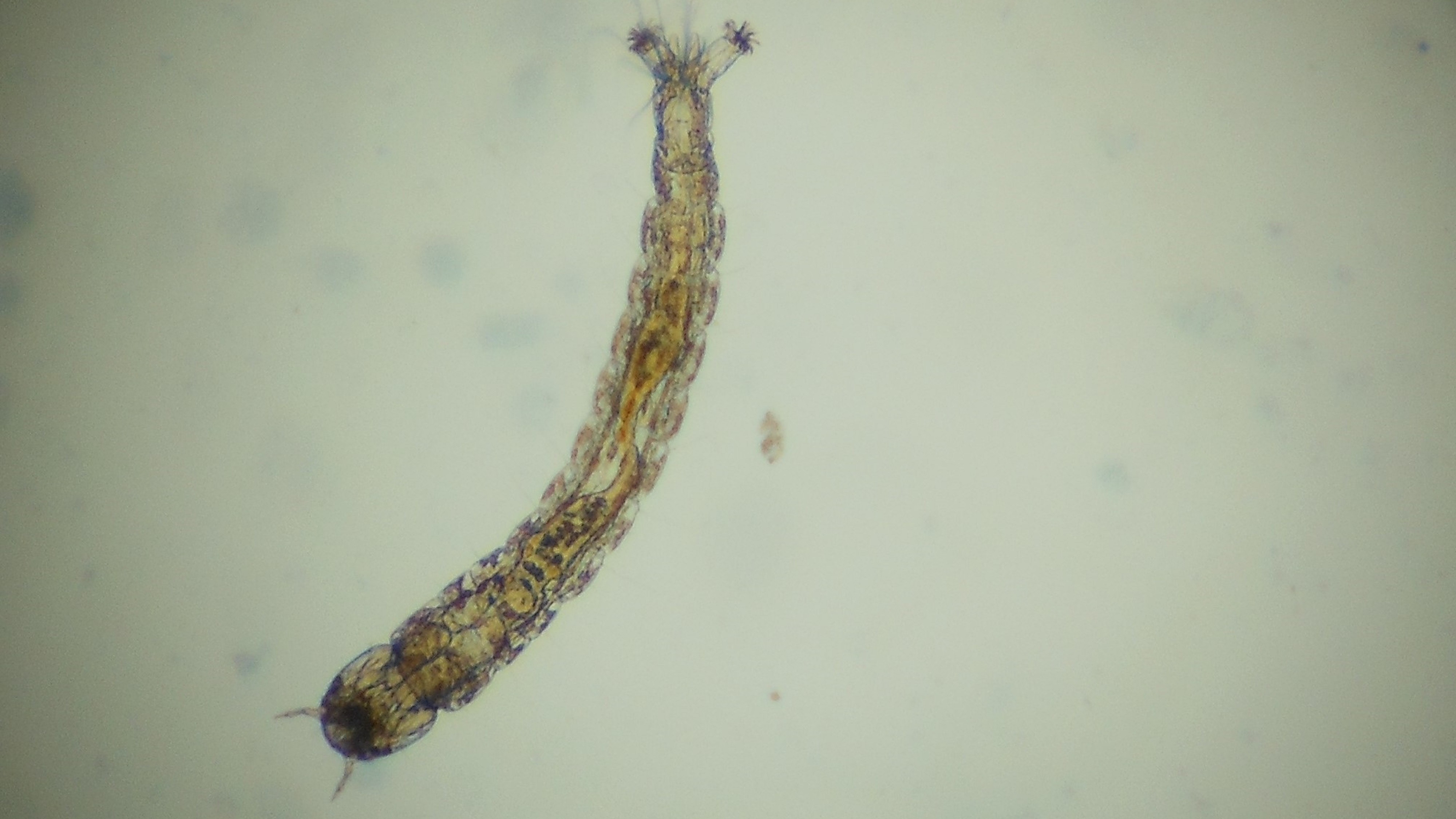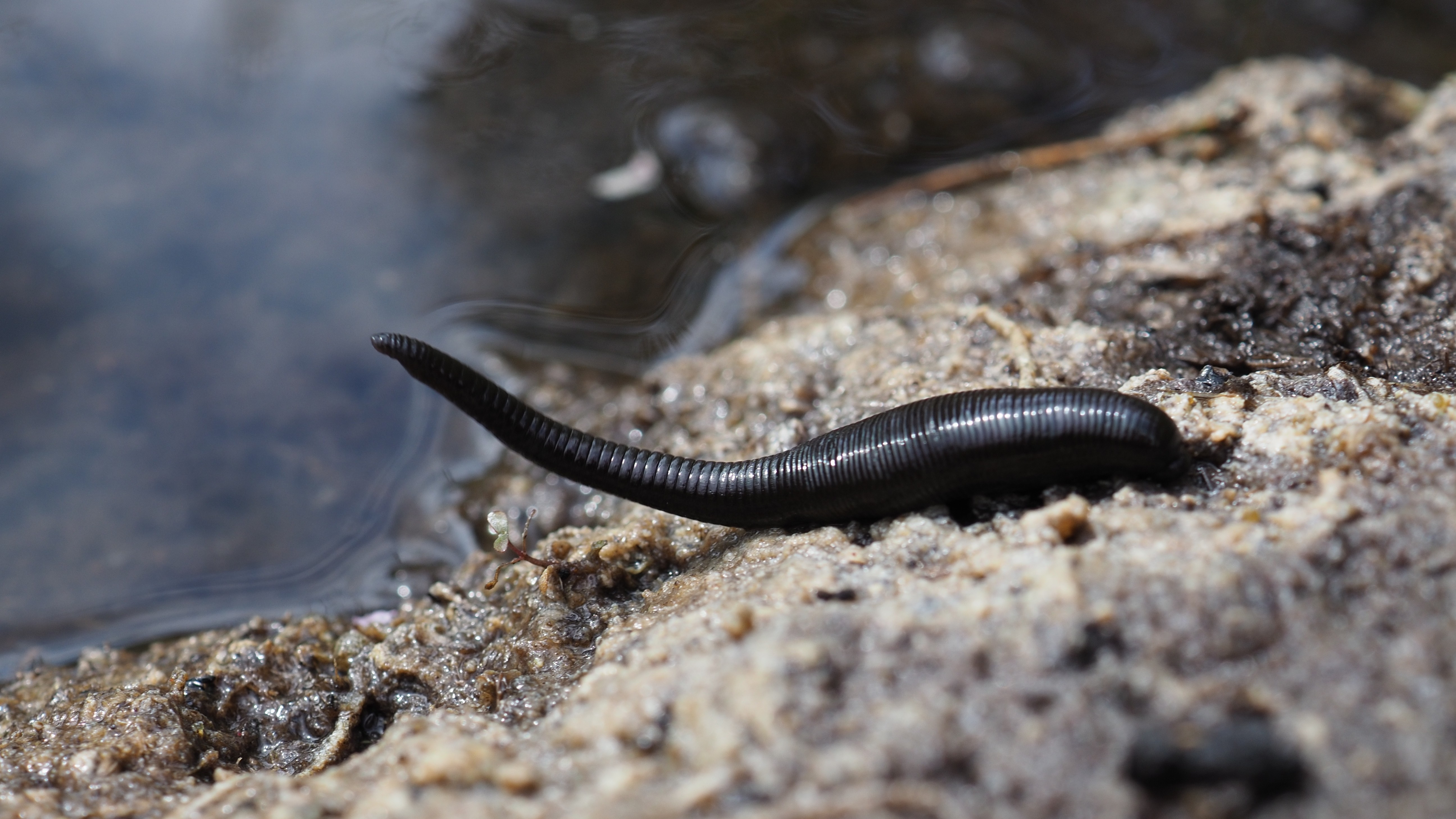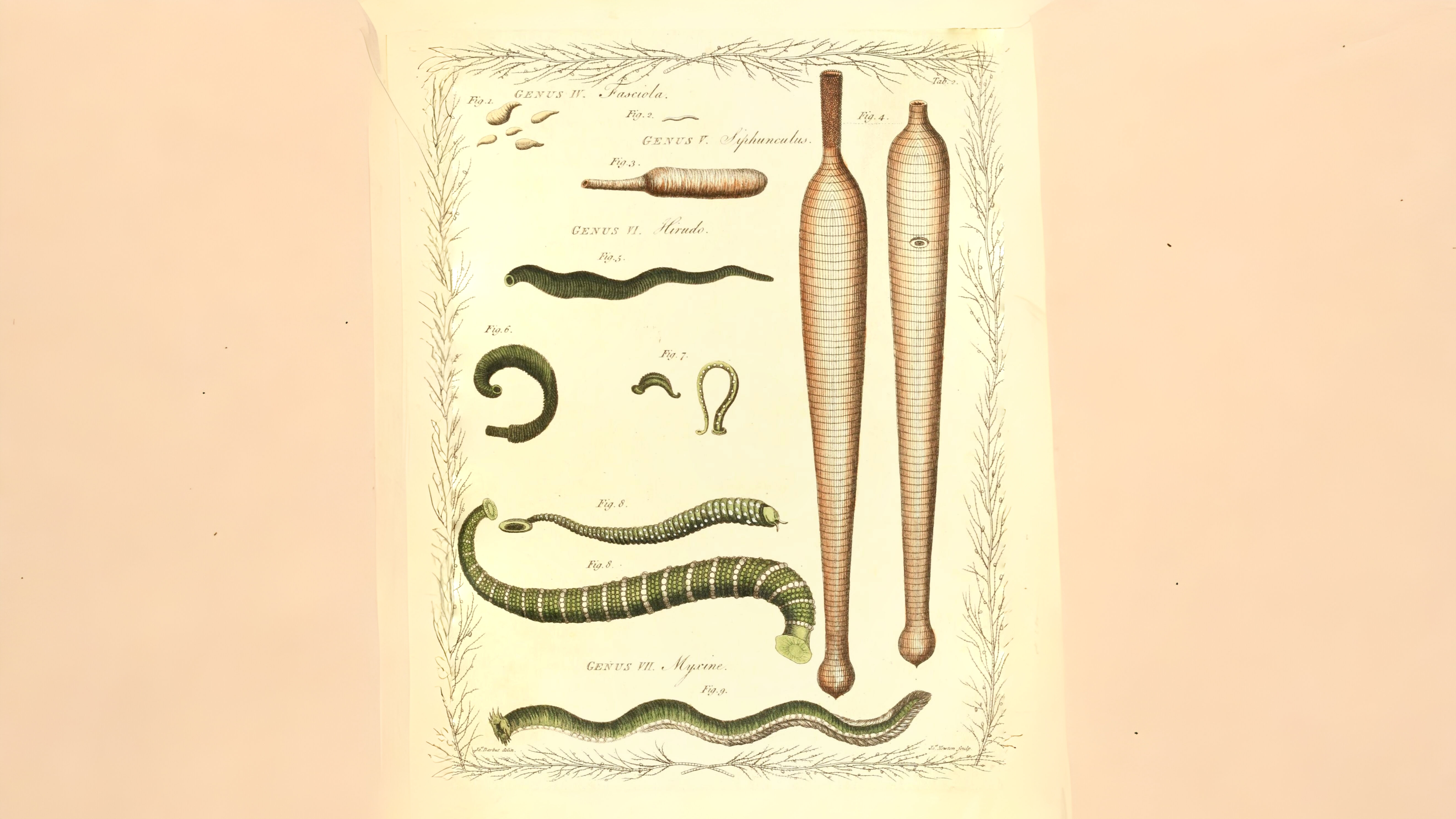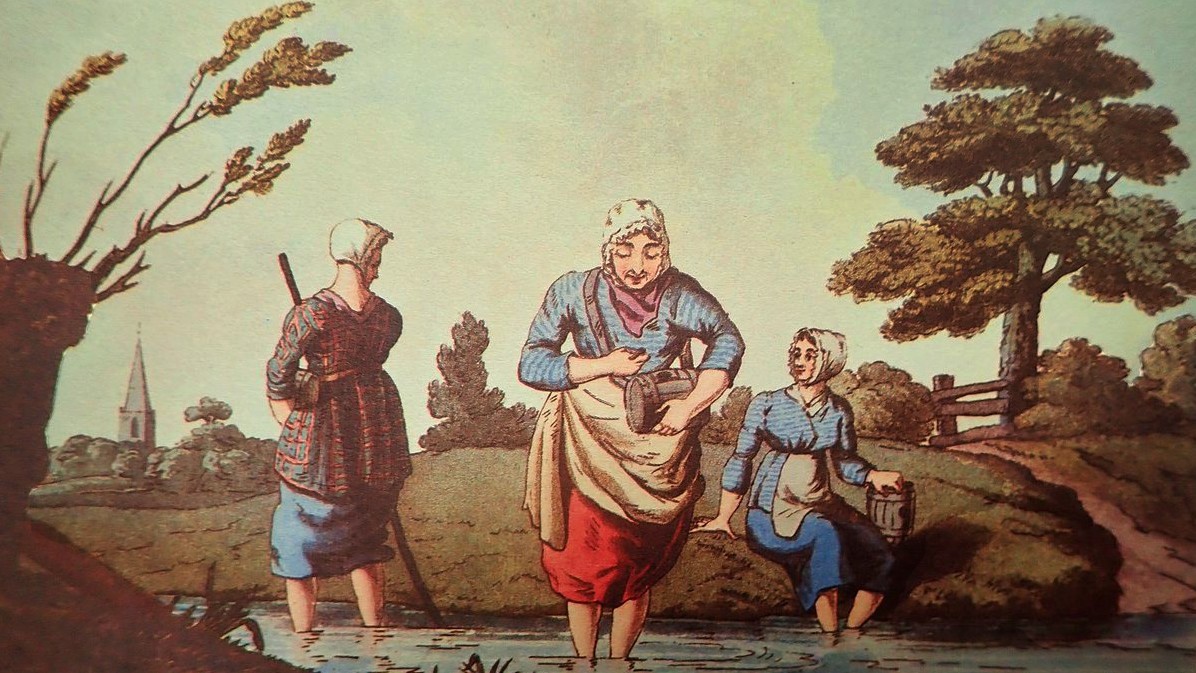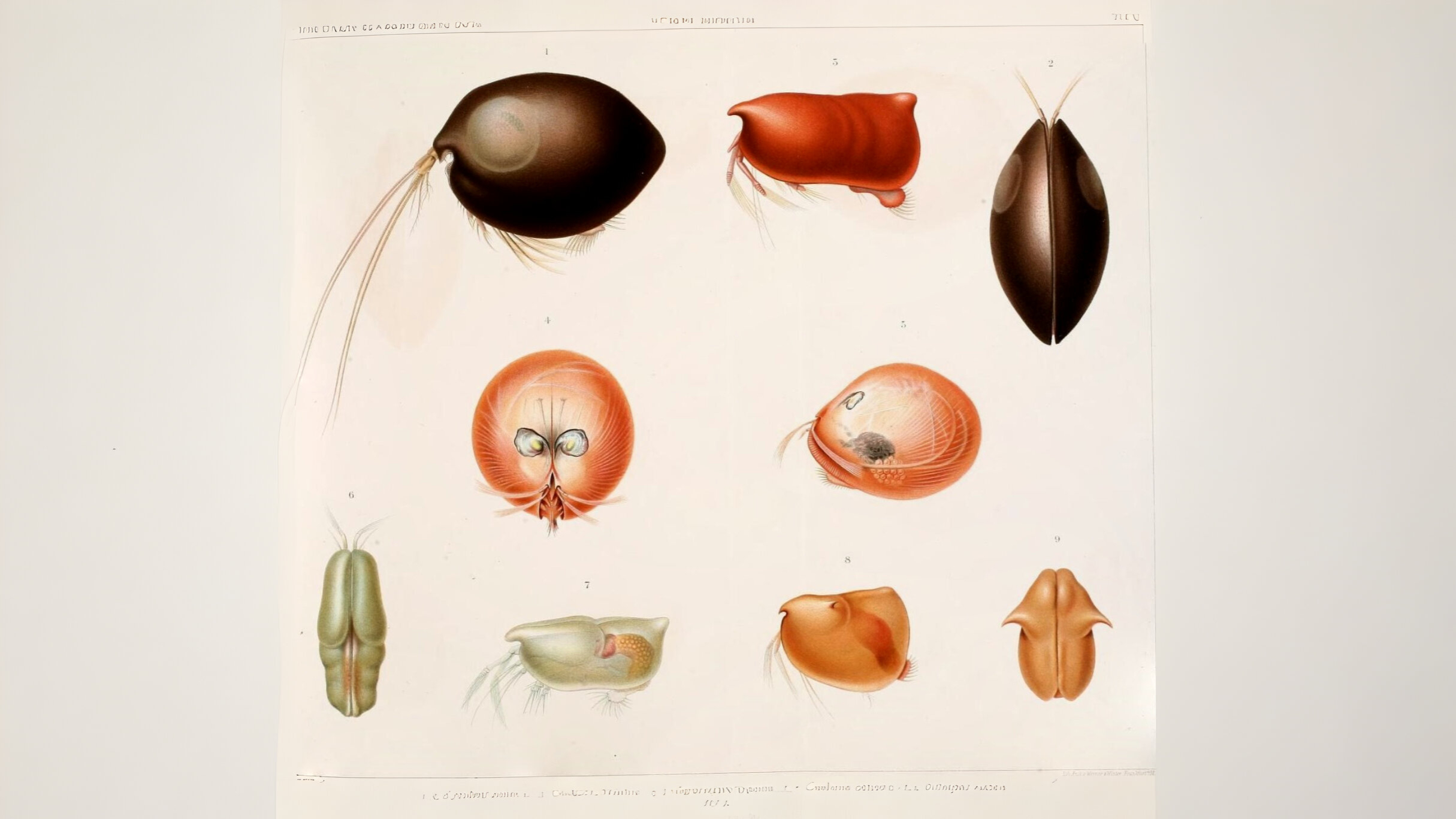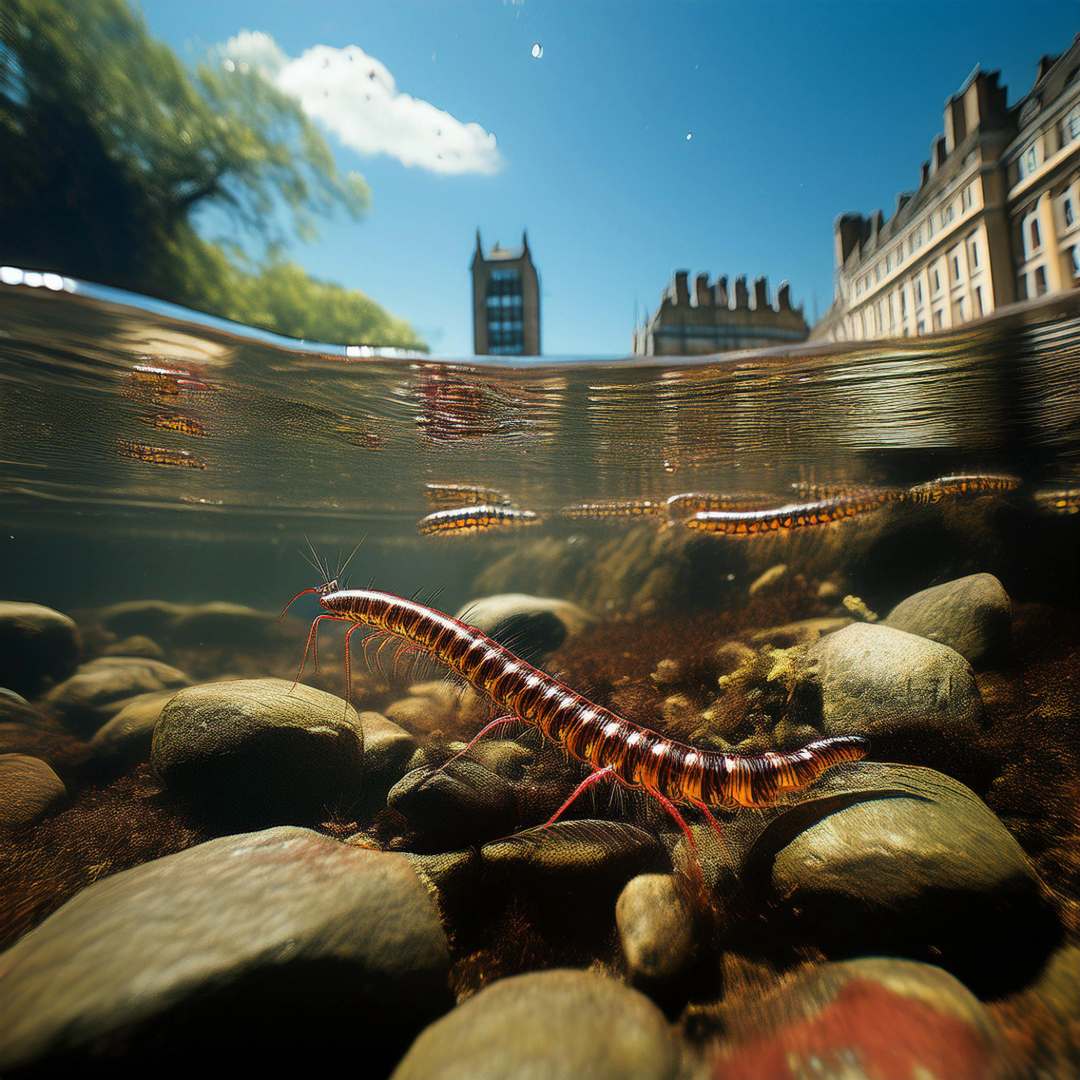
Join us on 15 March as we dive into the hidden world of water life in London. Discover the intricate lives of caddis fly larvae, the surprising diversity of leeches, and the vital role of tiny creatures like ostracods and nematodes in maintaining healthy aquatic ecosystems. We’ll also explore the history of the medicinal leech, once a staple of Victorian medicine, and uncover the secrets of the Thames’ mud-dwelling worms.
In ancient Rome, today was the Ides of March, the day Caesar was predicted to die and did. It was also the day the Romans celebrated their river nymphs. In London, insect nymphs of a different kind are getting noticed more and more. Just looking into ponds this month you are likely to see more water lice, water boatman, mayfly larvae, caddis fly larvae, beetles, mites and snails.
